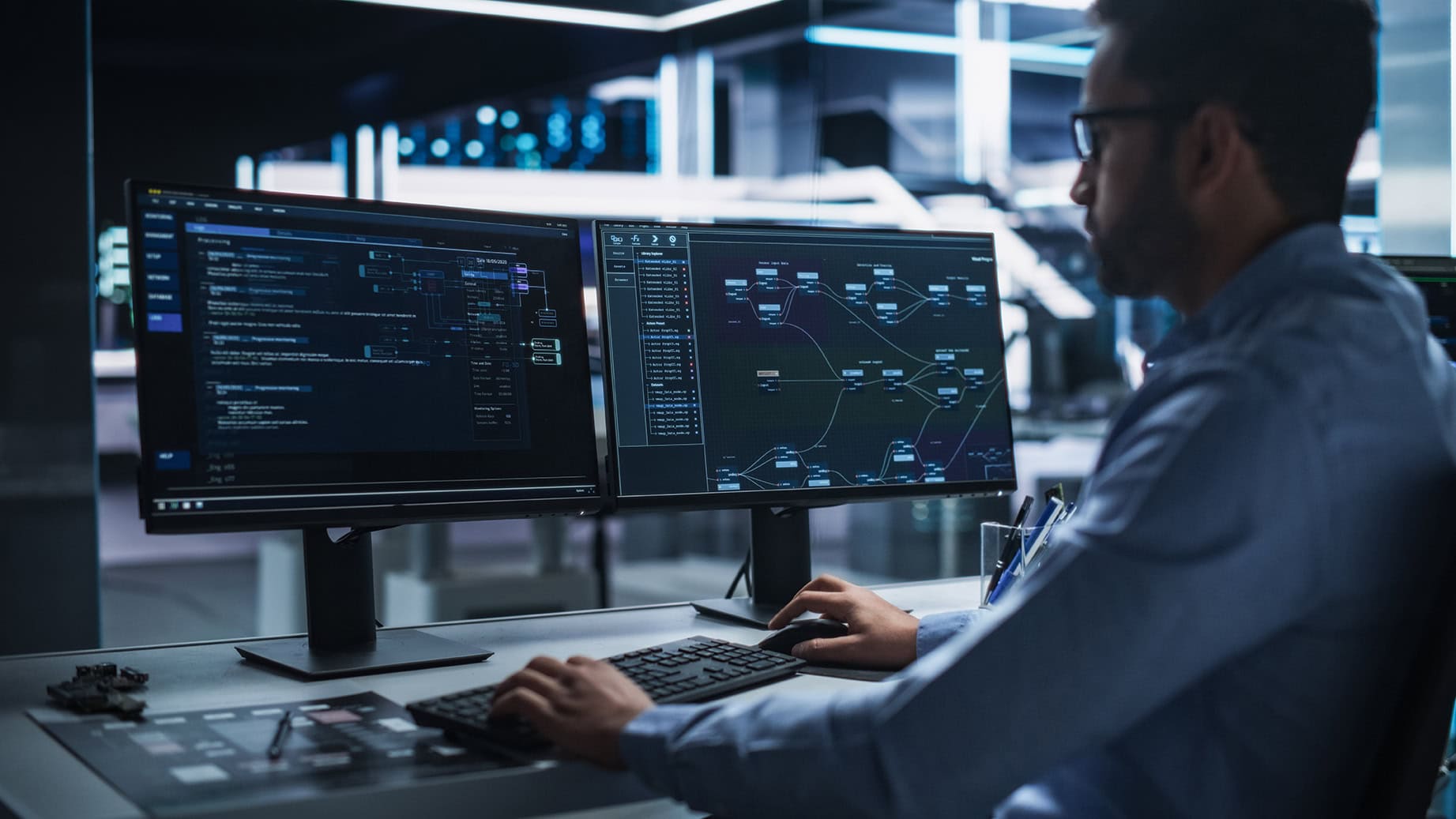
The U.S. Customs and Border Protection (CBP) has made sweeping changes to de minimis trade rules in 2025, ending decades of duty-free treatment for low-value imports. These changes aim to close loopholes exploited by global retailers—especially Chinese platforms like Temu and Shein—and address national security concerns. If your supply chain relies on low-value imports, here’s what you need to know and how you can adapt.
Why de minimis mattered—and why it’s gone
For years, the de minimis exemption allowed shipments valued at $800 or less to enter the U.S. duty-free with minimal paperwork. This rule fueled the e-commerce boom, enabling platforms like Temu and Shein to ship millions of low-cost items directly to U.S. consumers. In 2024 alone, 1.36 billion de minimis shipments entered the U.S., accounting for 92% of all cargo processed by CBP.
But the surge overwhelmed CBP resources and created security risks. According to CBP, de minimis shipments accounted for:
- 98% of narcotics seizures
- 97% of counterfeit goods seizures
- 77% of health and safety seizures
Critics also argued that tariff-free imports gave foreign sellers an unfair advantage. While U.S. brands like Gap paid hundreds of millions in duties, Temu and Shein paid nothing.
What changed in 2025?
The dismantling of de minimis happened in stages:
- May 2, 2025: De minimis treatment ended for goods from China and Hong Kong.
- August 29, 2025: The U.S. eliminated de minimis for all countries under Executive Order 14324. Every shipment—regardless of value—now requires formal customs entry and payment of duties, taxes, and fees.
Key details:
- No more $800 threshold: All imports are subject to tariffs.
- Postal shipments: Duties apply, calculated via ad valorem or specific duty methods (flat $80–$200 per item based on origin).
- Mandatory compliance: Importers must file entries in the Automated Commercial Environment (ACE) and provide full HTS codes.
Impact on e-commerce and global trade
The end of de minimis has reshaped e-commerce:
- Temu and Shein saw U.S. daily active users drop by 52% and 25%, respectively, after the rule change. Both cut U.S. ad spend and shifted to U.S.-based warehouses to offset costs.
- Postal services in some countries paused shipments to the U.S. due to compliance challenges.
- Consumers face higher prices and longer delivery times, while U.S. retailers gain a more level playing field.
Globally, the ripple effect continues. The EU voted to scrap its own de minimis exemption by 2026, targeting Chinese platforms flooding European markets with low-cost goods.
How to navigate the new rules
With de minimis gone, compliance is non-negotiable. Here’s what importers should do:
- Report accurate valuations: Undervaluing goods can trigger penalties.
- Provide complete product data: Include HTS codes, origin, and detailed descriptions.
- Stay current on tariffs: Rates vary by country and commodity—Chinese goods face average tariffs of 51%.
- Plan for higher costs: Factor duties and processing fees into pricing and logistics strategies.
E2open makes compliance and cost control easier
Managing these changes manually is complex and costly. E2open’s Global Trade Management solution simplifies compliance and optimizes duty spend:
- Centralized compliance: Maintain all trade records in one platform.
- Automated customs filing: Reduce broker fees and speed up clearance.
- Dynamic duty management: Align sourcing and routing to minimize tariffs.
- Global visibility: Access the most current international trade database for real-time regulatory updates.
The bottom line
The end of de minimis marks a seismic shift in global trade. Businesses that adapt quickly—by tightening compliance and leveraging automation—will protect margins and maintain supply chain resilience. E2open can help you stay ahead of regulatory changes and turn disruption into opportunity.
Ready to future-proof your supply chain? Contact us to learn how e2open can help.




